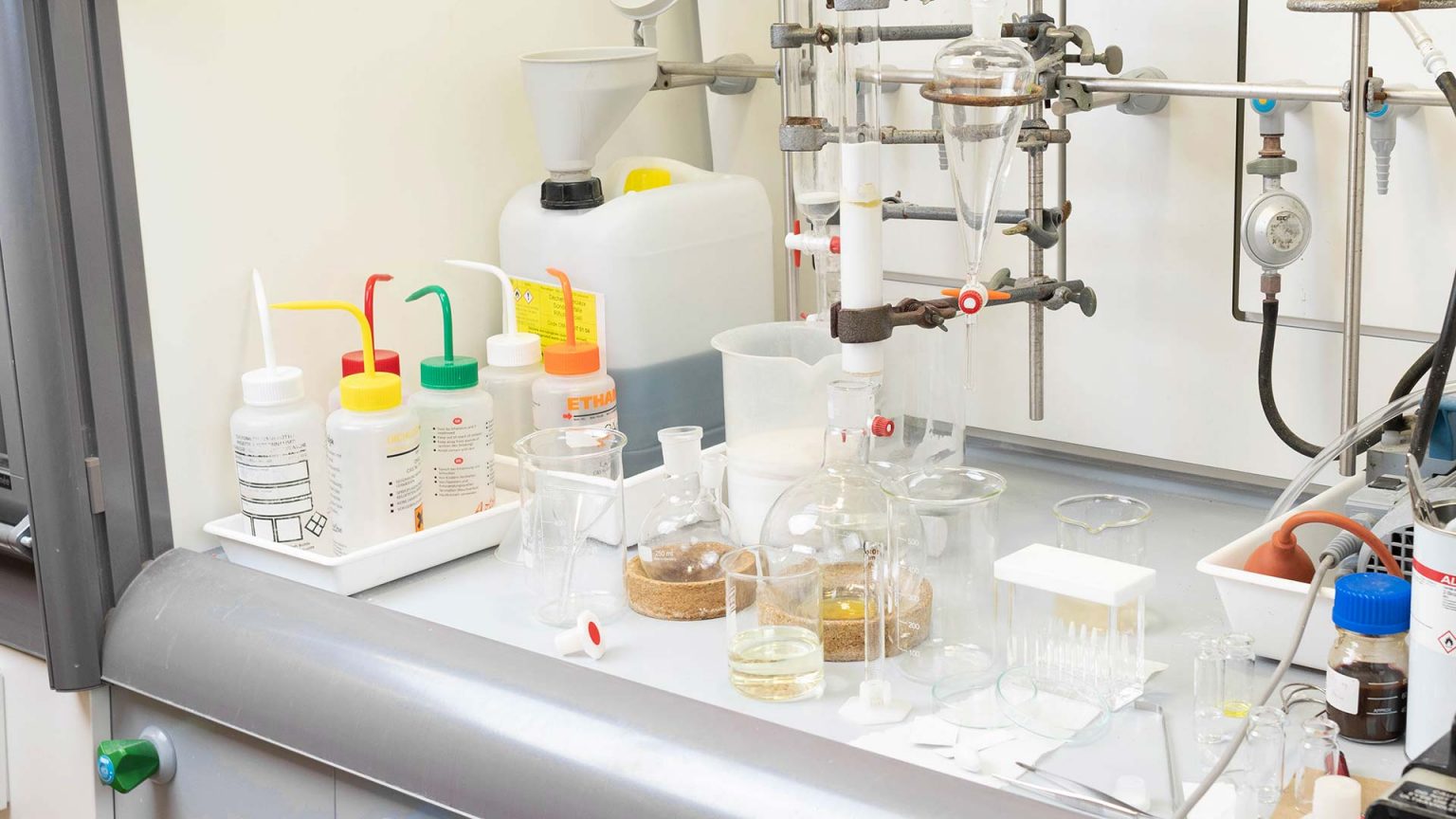
In Switzerland, the use of chemicals is regulated by the Chemical Act (ChemA), the Chemical Ordinance (ChemO), and the Chemical Risk Reduction Ordinance (ORRChem). This legal basis is complemented by recommendations provided by the Federal Coordination Commission for Occupational Safety (FCOS) and by the national health insureance agency (SUVA).
To help you use, store and dispose of your chemicals safely, EPFL has prepared internal guidelines and procedures that you can find on our site.
For any support, or complementary information, contact us.
In case of chemical incident
Call 115 (+41 21 693 30 00 from a mobile phone)
In eyes
1. Ask a colleague to guide you to the eyewash station and to call 115
2. Use the eye-wash until the spray bottles are empty
On the hands
Immediately rinse abundantly with tap water and ask a colleague to call 115. Keep rinsing until the intervention team arrives.
On the body
1. Go under the safety shower immediately and, under the running water, remove your clothes. Ask a colleague to call 115
2. Move to a shower (e.g., in a changing room) with a mixer tap and curtain. There you can keep rinsing while removing remaining clothes at a more comfortable temperature. Follow the instructions of the intervention team.
In case of a spill
Call 115. Only the intervention team deals with the spill.
Chemical hazards and GHS pictograms
The Globally Harmonized System of Classification and Labelling of Chemicals (GHS) is used to define physical, health, and environmental hazards for all manufactured and sold chemicals.
It is the responsibility of the manufacturer or importer to identify and communicate the hazard(s) of each chemical.
It is the responsibility of the user to read and understand the information provided on the label and in the Safety Data Sheet (SDS)
GHS uses nine hazard pictograms to visually alert users to the hazard class of a chemical, shown in the table below.
For more information, please read the “What should I know?” series that provides extensive information about GHS classification and labelling.
- Volume 1 – Hazard classes and categories
- Volume 2 – Classification principles
- Volume 3 – Classification examples
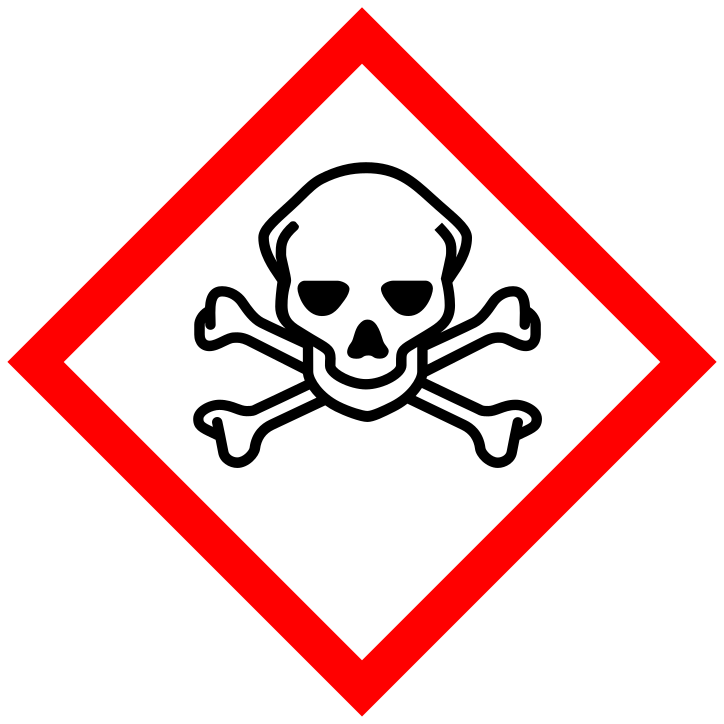 Acute toxicity (fatal or toxic) | 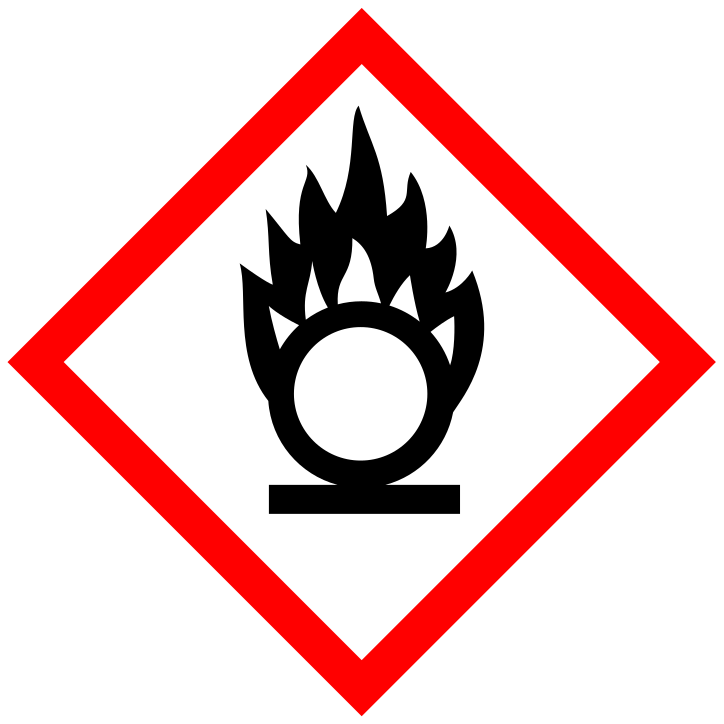 Oxidisers | 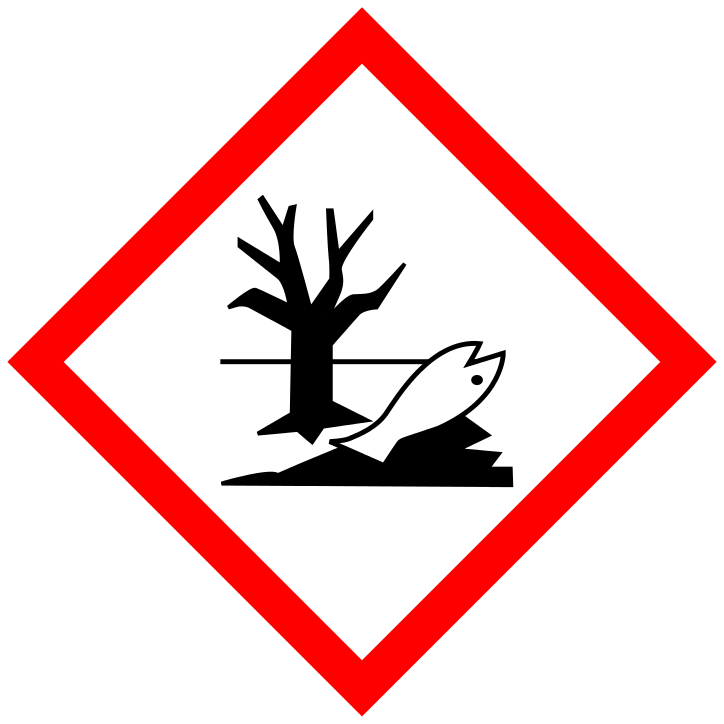 Aquatic toxicity |
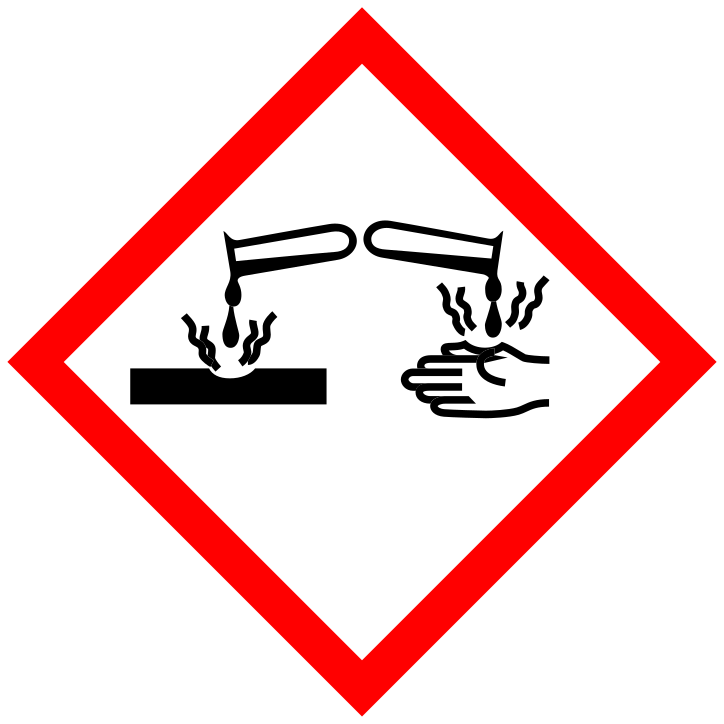 Skin corrosion Burns Eye damage Corrosive to metal |  Explosives Self-reactive Organic peroxide | 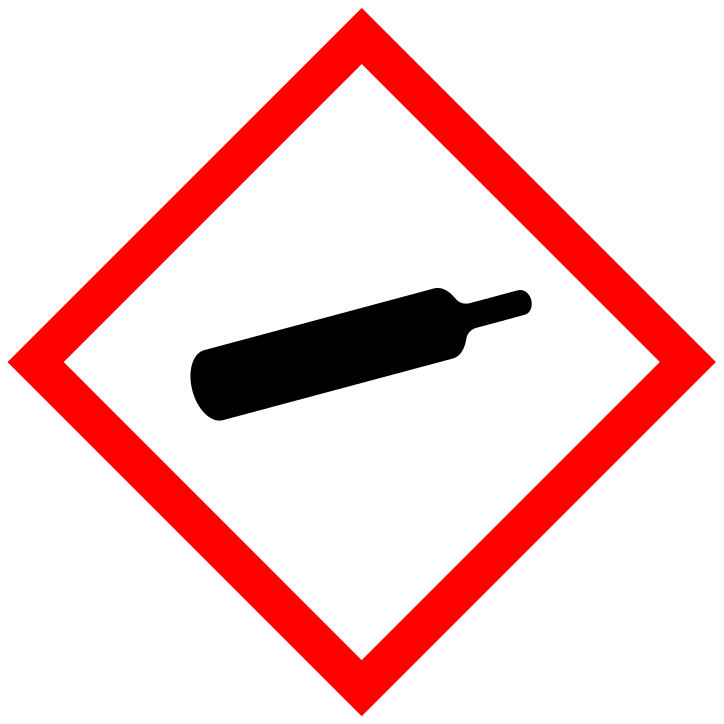 Compressed gas Liquefied gas Dissolved gas Refrigerated liquefied gas |
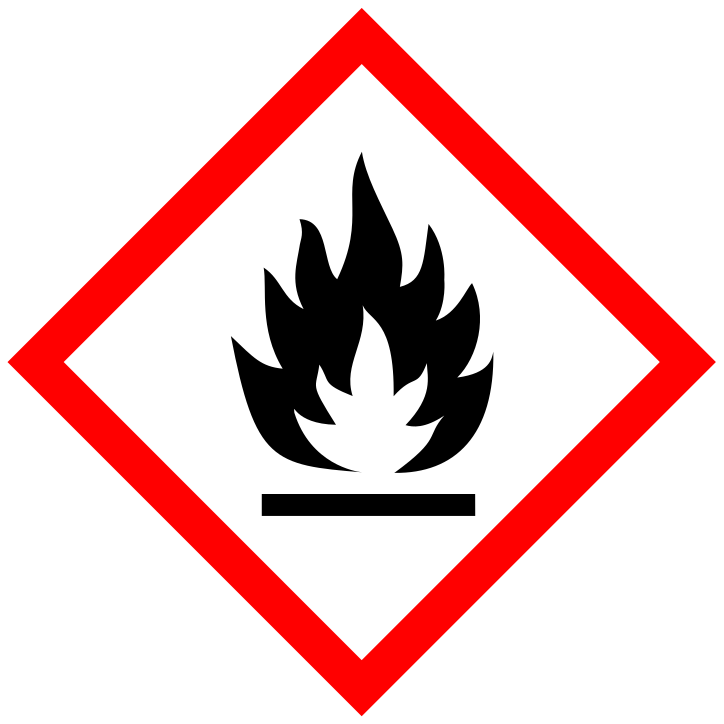 Flammable Pyrophoric Self-heating Emits flammable gas in contact with water Self-reactive Organic peroxides | 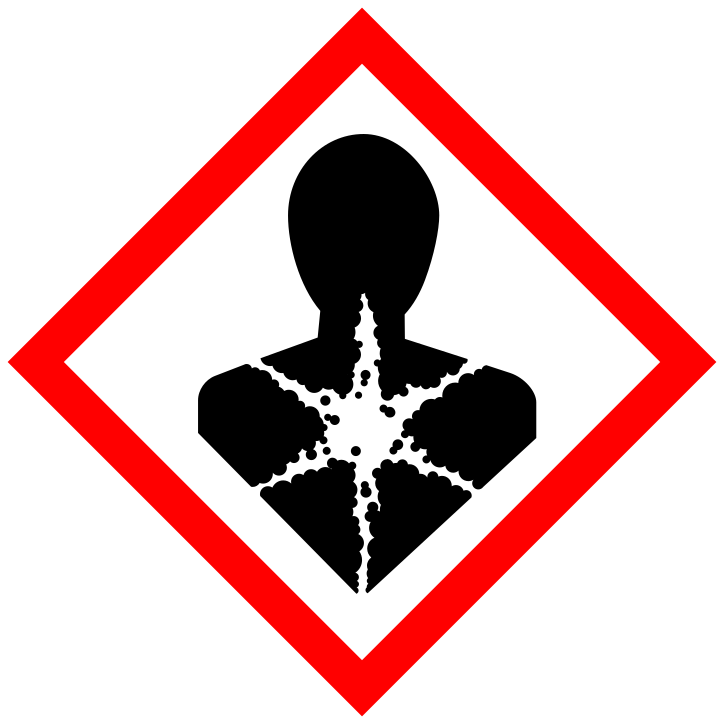 Carcinogenicity Mutagenicity Reproductive toxicity Respiratory sensitizer Target organ toxicity Aspiration hazard | 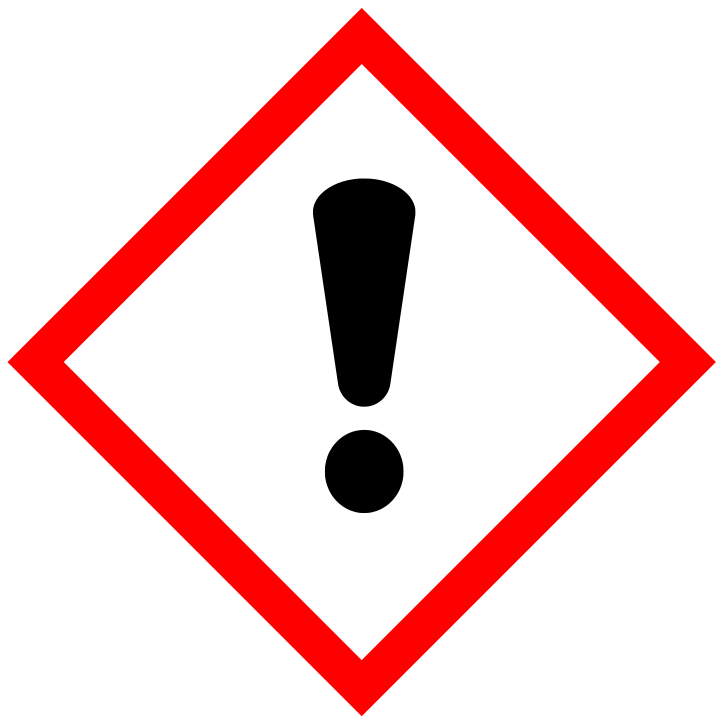 Irritant (skin and eye) Skin sensitizer Acute toxicity (harmful) Narcotic effects Respiratory tract irritation Hazardous to ozone layer |
Working with chemicals
Before starting to work with any chemical:
- look for substitutions with less hazardous chemicals
- read the label
- read the safety data sheet
- Wear safety glasses, gloves and a lab coat, or other personal protective equipment required for your procedure.
- Do not work alone. If you are alone in the lab or you are working during off-hours or weekends, follow the off-hours announcement procedure.
- Be prepared for emergencies and know what action to take. Make sure that necessary supplies and equipment are available for handling small spills.
- Whenever possible, use a fume hood.
- Never let reactions run unattended unless they are well understood and a system to contain spills is in place (ex: in the event of power failure). A safety form for experiments left unattended must be displayed on the fume hood sash.
- Wash hands with soap and water immediately after working with any laboratory chemicals, even if gloves have been worn.
The Safety Data Sheet (SDS) provides safety information prepared by the supplier. The Chemical Act (ChemA) stipulates that the user is responsible for taking into account the safety information given by the supplier and taking the appropriate measures to protect themselves.
Always refer to the SDS of the supplier from where you purchased the chemical.
SDS databases:
Additional toxicological information can be found on:
In a chemistry laboratory it is mandatory to wear:
- A cotton lab coat with pressure buttons.
- Safety glasses (safety glasses adapted to your eyesight paid by the EPFL)
- Protective gloves adapted to your work (for ex. hot or cold) and to the chemical you are working with.
- Long trousers to protect your legs from spills.
- Closed shoes adapted to lab work (flip-flops, ballerinas or high heels are not allowed).
- Attach your hair.
The PPE must be adapted to your work. Various PPE is available in the campus shops or the online shop.
If you need any advice on the choice of PPE or notice any issues with the PPE in place, do not hesitate to contact us.
When working with hydrofluoric acid (HF), you need to wear, in addition to the standard protective equipment mentioned before:
- an apron (Haberkorn 300926)
- a face shield (G500-GU/150 and GF-1/151)
- thick protective gloves (Butoject 898)
Be prepared in case of an accident or emergency!
Locate the lab phone and know the emergency number.
Locate the safety exits, the safety showers, the eye-wash station, the fire extinguisher, the fire blanket, the pharmacy and the sink.
Be sure to know the evacuation procedure (gas or fire).
Some chemicals (e.g., Pb, Hg, As) require medical supervision. In this case, our hygienists and our occupational health doctor will monitor you.
Purchasing chemicals
Before ordering a chemical, review the associated hazards to ensure that appropriate safe conditions and controls are available in the lab. Particular hazardous chemicals require an authorization to be purchased, used, and/or stored at EPFL. Include these ordering procedures as a part of your process planning to increase laboratory safety.
Never buy products directly from the supplier. Order your chemicals through Catalyse
Buying the products via EPFL has several advantages:
- The product is labelled with a bar code, which is very important for the inventory of chemicals you have to do twice a year
- The products have a preferential price for the EPFL
Transport of chemicals
Have a look at our transport page.
Storage of chemicals
Have a look at our chemical storage page.